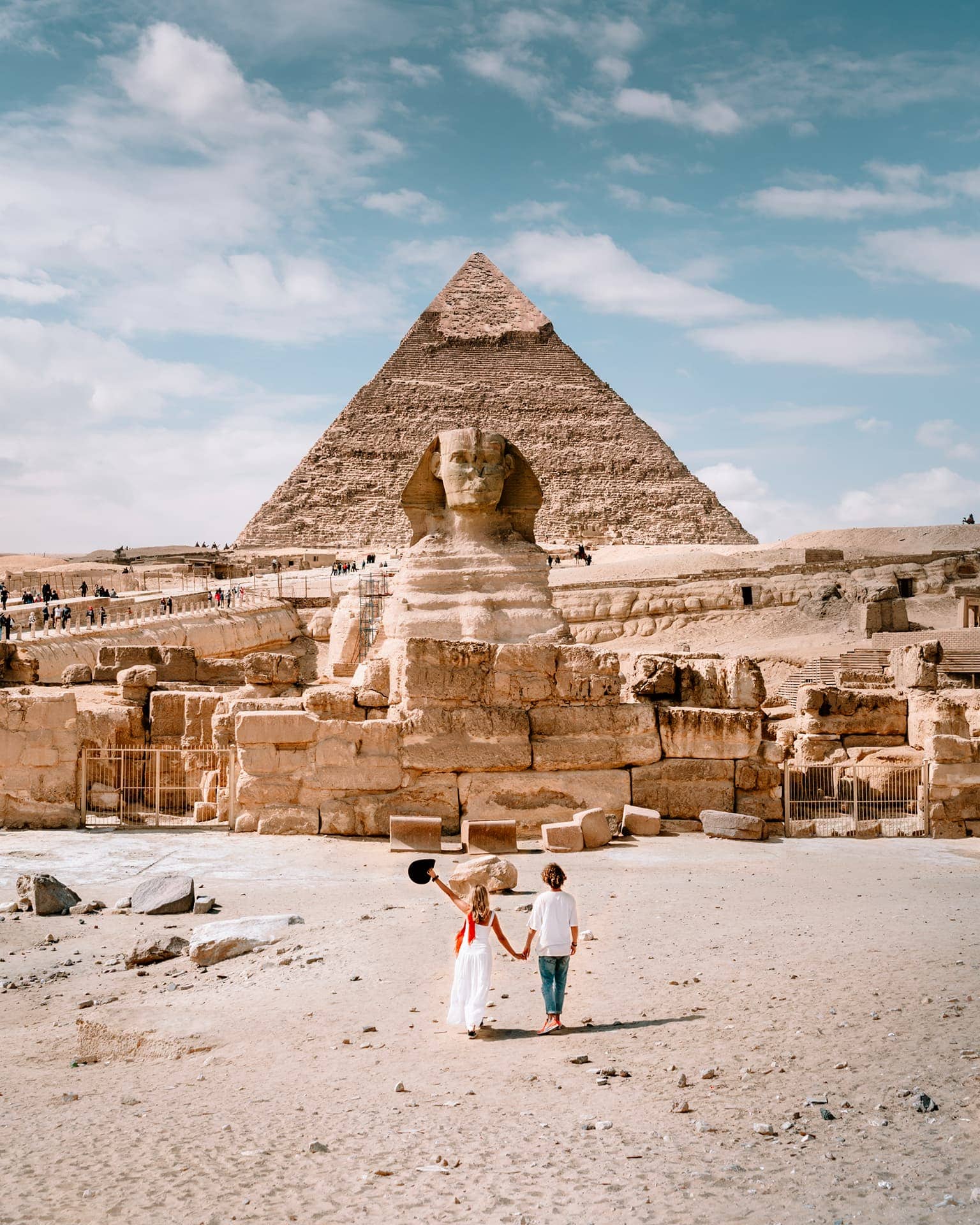the Layer Pyramid at Zawyet El-Aryan
-
Background:
- The Layer Pyramid, known locally in Arabic as “el haram el midawwar” (meaning ‘rubble-hill pyramid’), dates to the 3rd Dynasty of Egypt (around 2686 BC to 2613 BC).
- Its ownership remains uncertain, but it is often attributed to Pharaoh Khaba.
- The architectural design closely resembles that of the Buried Pyramid of King Sekhemkhet, firmly placing it within the 3rd Dynasty context.
-
Construction and Features:
- Type: Originally planned as a step pyramid, it was intended to comprise 5 steps.
- Materials: Constructed using natural bedrock and mudbricks.
- Height: The pyramid was planned to be 42–45 meters (138–148 feet) tall, but today stands at only 17 meters (56 feet).
- Base: The base measures 84 meters (276 feet).
- Slope: The pyramid’s steep slope has an angle of 68°.
-
Archaeological Exploration:
- Early Investigations: The Layer Pyramid was first examined in 1839 by John Shae Perring.
- Identification: In 1848, Karl Richard Lepsius identified it as a pyramid (listed as number XIV in his pioneering list).
- Subsequent Excavations:
- Jacques de Morgan discovered the entrance to the subterranean passages in 1896.
- Alessandro Barsanti explored the vertical access shaft leading to the burial chamber in 1900.
- George Reisner and Clarence S. Fisher worked on the site in 1910–1911, excavating the north and east exteriors and surrounding cemeteries.
- Artifact Mystery: No artifacts were found during excavations, and no clear evidence of a burial was uncovered. It remains unclear whether the pyramid was intended for a pharaoh’s burial or was abandoned due to the king’s premature death.
-
Necropolis and Temples:
- Necropolis: At the time of construction, the pyramid was surrounded by a necropolis housing large mastabas belonging to high officials of the 3rd Dynasty state.
- Temples: A mortuary temple was built on the eastern side of the pyramid, and a valley temple may have been located several hundred meters away.
-
Current Status:
The Layer Pyramid stands as a silent witness to ancient Egypt’s mysteries, waiting for further exploration beyond its enigmatic walls. 🌟
 English
English











